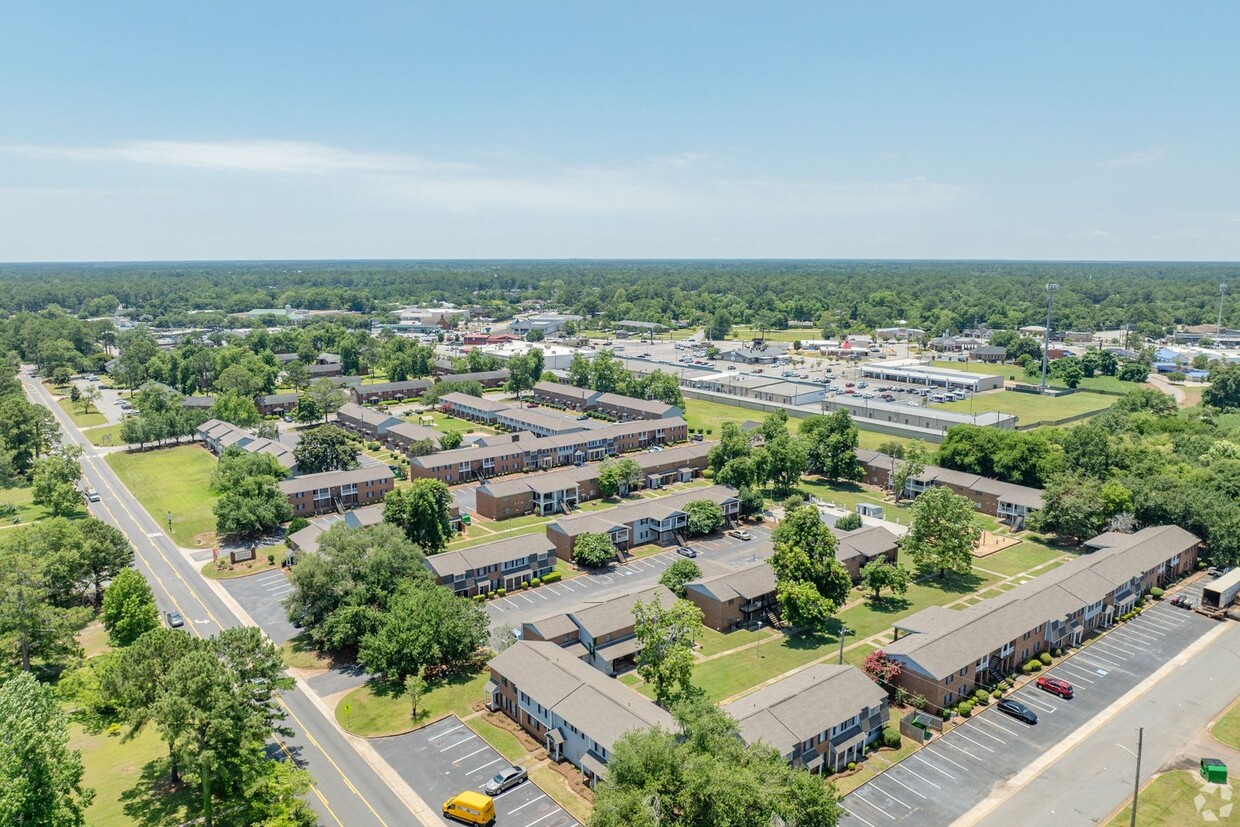Mortgage rates reach 8%, a first since 2000
The average 30-year fixed mortgage rate touched 8 percent on Thursday, according to Bankrate data, a level not seen since the year 2000.
Over the past several weeks, the 30-year rate has been on the cusp of 8 percent, backed off, then picked up steam again — a confounding pattern somewhat atypical of this time of year, when home sales and mortgage activity begin to slow.
Why mortgage rates are so high
There are several variables that have prompted the 30-year rate’s march toward 8 percent:
- The 10-year Treasury yield: The rates on fixed-rate mortgages are tied to the yield on 10-year Treasury notes. When this bond yield goes up, so do mortgage rates, with a margin. In general, higher yields signal confidence in the economy. If investors foresee trouble, they’ll buy lower-risk Treasury, which drives down yields and, in turn, fixed mortgage rates. Against that grain, the yield has risen rapidly as of late, inching toward 5 percent as of Oct. 19, due partly to economic uncertainty and the Israel-Hamas war.
- The Federal Reserve: The Federal Reserve sets the federal funds rate, the rate at which banks loan to each other overnight to maintain Fed reserve requirements. While this rate isn’t directly linked to the 30-year mortgage, when the Fed raises it, borrowing costs across the board rise. The central bank has been increasing this rate for some time to control inflation.
- Inflation: Inflation can buffet mortgage rates up or down, and lately it’s the latter. When inflation is too high, investors demand higher bond yields, which pressures mortgage pricing overall. (Your lender, on the other hand, might price loans lower to attract borrowers coping with elevated expenses.) The September Consumer Price Index came in at 3.7 percent, above the Federal Reserve’s target of 2 percent.
The interplay between these factors has brought on a surge in the 10-year Treasury, along with mortgage rates at 23-year highs.
“Typically when global events are uncertain and tumultuous, as what’s taking place in the Middle East, money flows into bonds and rates are a beneficiary,” says James Sahnger of Jupiter, Florida-based C2 Financial Corporation. “Today though, inflation has not shown signs of pulling back and continued excess spending in Washington is not helping. For rates to start showing some relief, we will have to see sustainable declines in economic data.”
Of course, some borrowers were already receiving rates above 8 percent, depending on factors like their credit score and finances, location and loan type. As of Thursday morning, Bank of America, Pennymac, Rocket Mortgage and others were advertising APRs higher than 8 percent, some even over 8.5 percent.
Americans recently cited high mortgage rates, rather than high home prices, as the No. 1 reason to hold off on buying a home, according to Fannie Mae’s Home Purchase Sentiment Index.
Indeed, many homeowners aren’t selling because they’re locked in at lower rates, and many buyers aren’t purchasing because of higher rates and prices, compounded by limited choices on the market.
Home sales were down by 2 percent year-over-year in September, according to the National Association of Realtors (NAR).
“As has been the case throughout this year, limited inventory and low housing affordability continue to hamper home sales,” says Lawrence Yun, NAR chief economist. “The Federal Reserve simply cannot keep raising interest rates in light of softening inflation and weakening job gains.”
The Bottom Line
Listen to those who can give good financial advice …
At SIMM Capital our investment strategy is to seek the best assets that hold the largest opportunities to improve on management and value, delivering in rent growth year over year that will result in cash out refinance events and high quality returns or how we can help click the link – www.simminc.com




Recent comments